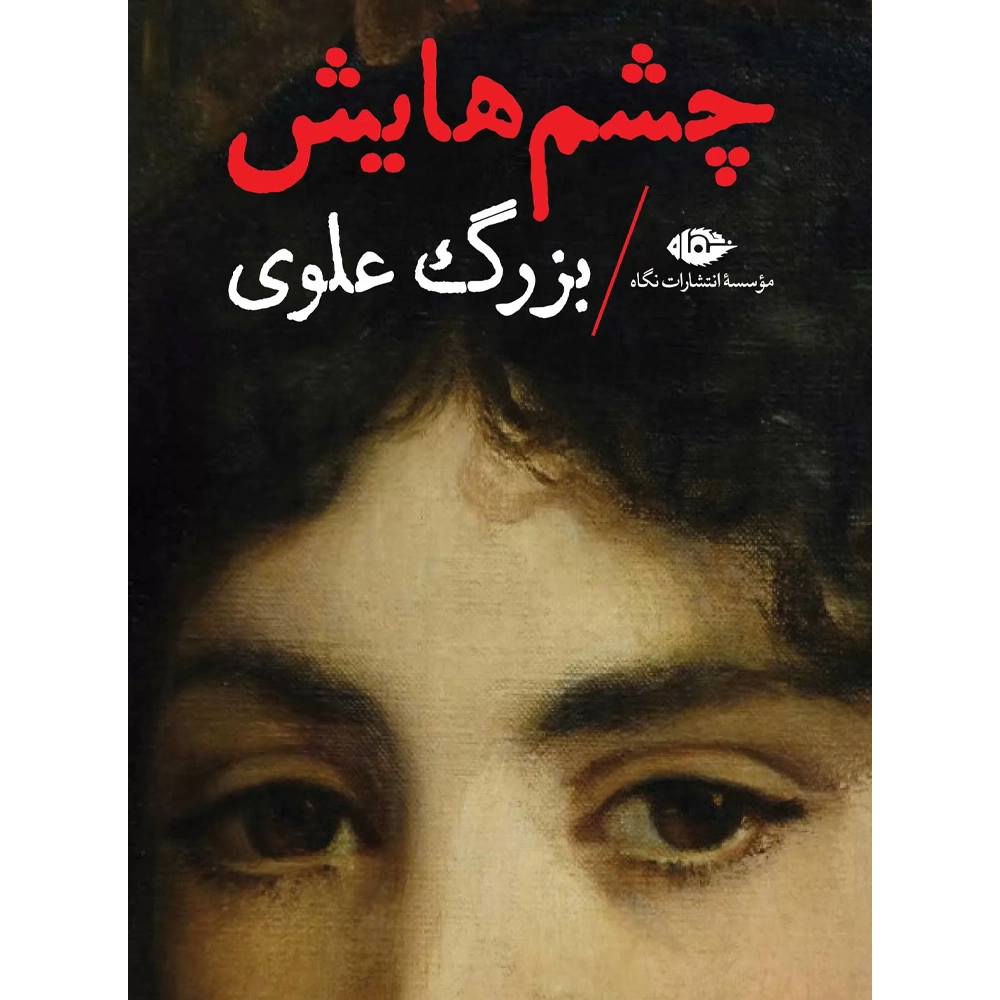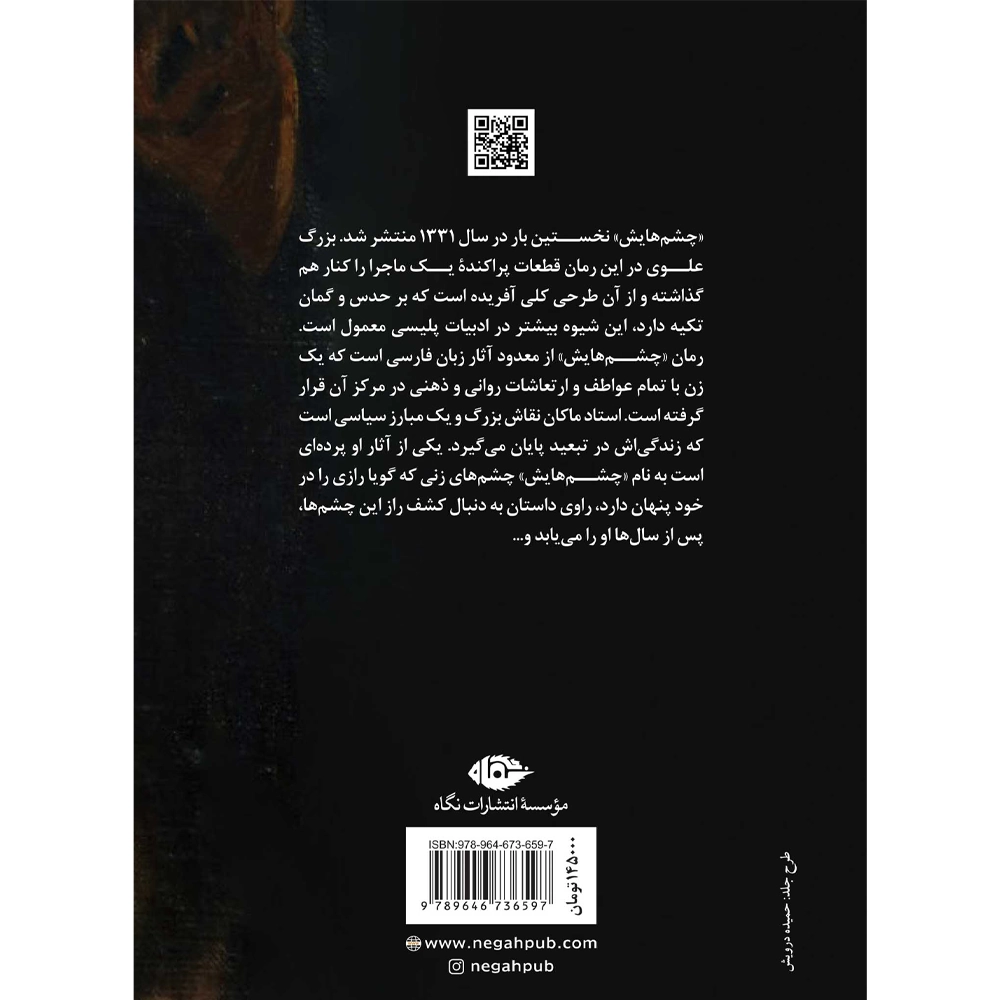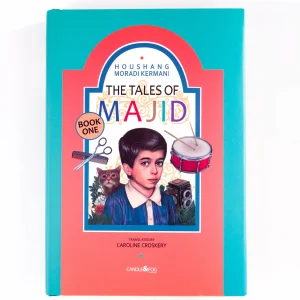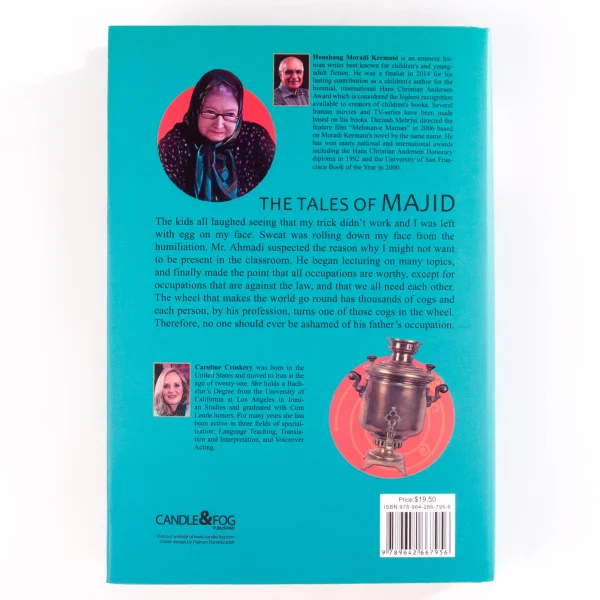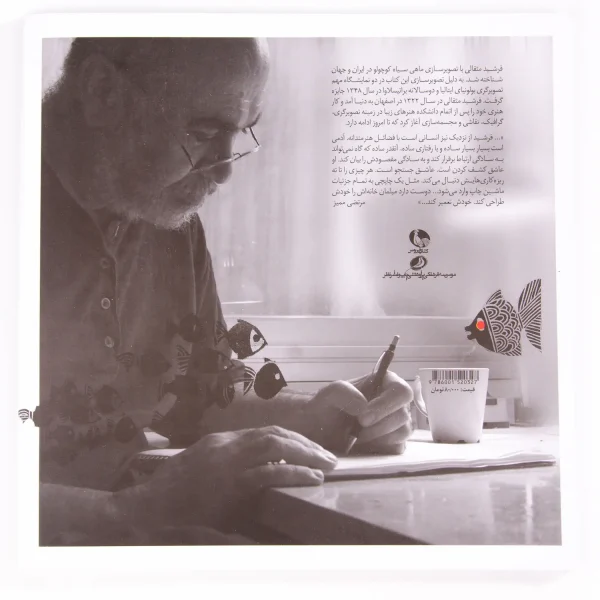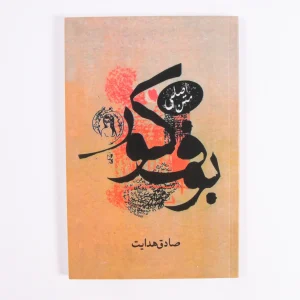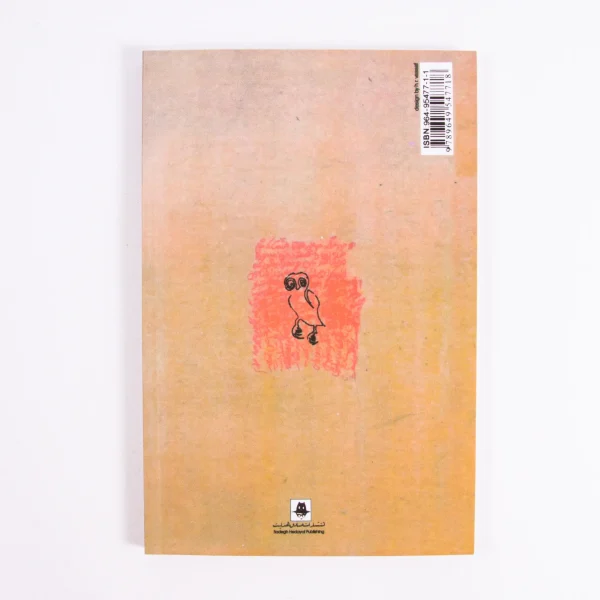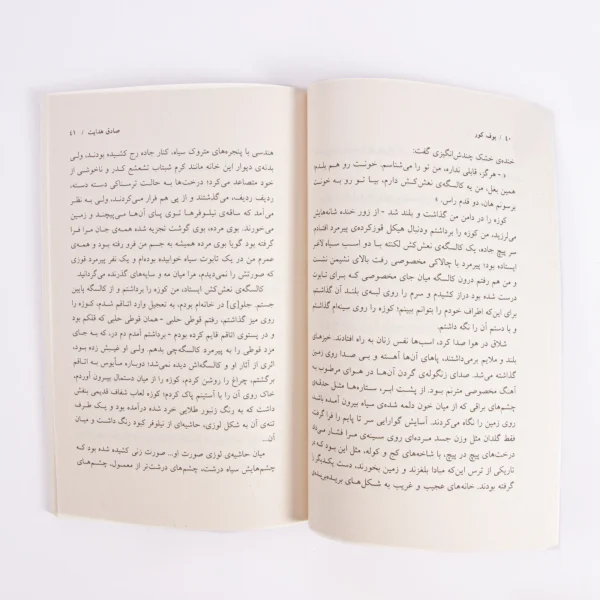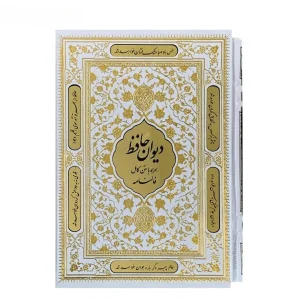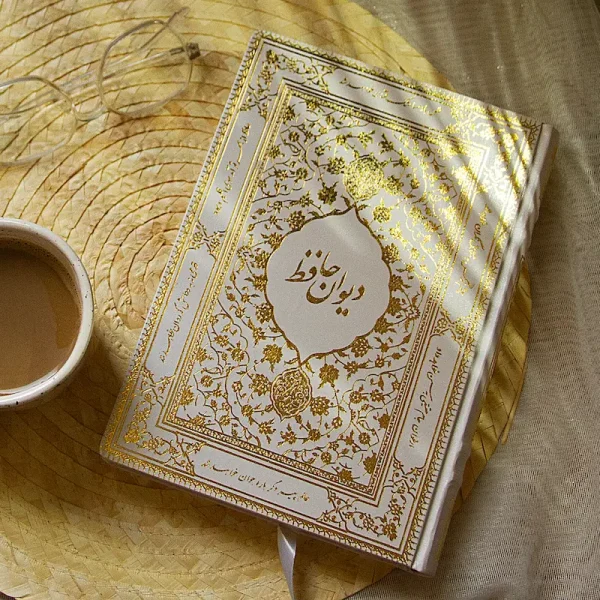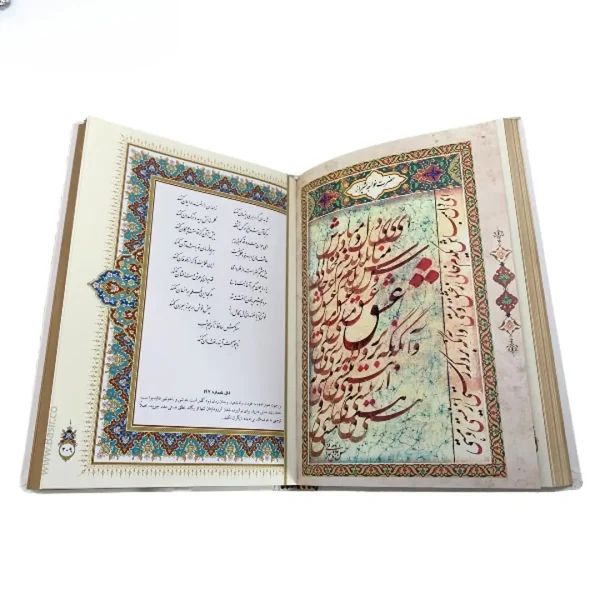Eer Eyes Bozorg Alavi analysis
Persian novel Her Eyes Bozorg Alavi’s Masterpiece of Love and Resistance is one of the most iconic novels in modern Persian literature, and tells a story of unspoken love, political struggle, and the power of art. This story is based on elegance and suspense, Alavi presents a story about Iran’s troubled history while exploring identity, desire, and truth.
As a significant part of the Persian Novel category, this novel captures the intersection of aesthetic beauty and ideological rebellion. The story centers on a symbolic painting titled “Her Eyes,” created by a renowned painter who died in exile. There is a meaningful story behind the painting that reflects courage and loss.
Her Eyes: Bozorg Alavi’s Masterpiece of Love and Resistance Details:
- Author: Bozorg Alavi
- Title: Her Eyes
- Language: Persian
- Genre: Romantic Fiction / Political Fiction
- Cover Type: Hardcover
- Page Count: 298 pages
- Format Size: Standard Octavo (Requaei)
- Setting: Reza Shah-era Iran
- Dimensions: 22×15
- Weight: 350 g
Her Eyes by Bozorg Alavi reviews
The painting at the center of the novel is more than just a symbol—it is a voice, a witness, and a secret. Through it, Alavi explores how art can speak when speech is forbidden, and how love can survive the silencing force of political fear.
This is a story that unfolds not through action, but through memories. Each memory shows a different moment revealing layers of sacrifice, confusion, and heartbreak. It is through the act of remembering that both the narrator and the reader come to understand the enduring power of personal rebellion.
Her Eyes is a novel of restraint and intensity. Alavi’s story is at once lyrical and sharp, rendering scenes of tenderness and pain with equal precision. The result is a haunting literary experience that lingers in the reader’s imagination long after the book is closed.
You May Also Like : happy new year in persian
Plot Summary of Her Eyes by Bozorg Alavi
The story begins with the death of a famous and reclusive Iranian painter, known simply as Master Makan. His legacy is respected and Hidden in mystery. The narrator, an art enthusiast and admirer of Makan’s work, visits an exhibition of the painter’s work after his death. While admiring the artworks, one painting grabs his attention—a haunting portrait of a woman with intense, enigmatic eyes titled “Her Eyes.”
Driven by curiosity, the narrator sets out to discover the identity of the woman in the painting. His investigation leads him to a wealthy, aristocratic woman, referred to as “Her” throughout the novel, who is eventually revealed to be the mysterious muse and former lover of the painter.
The woman agrees to tell the narrator the truth behind the portrait and her relationship with Master Makan. The novel then shifts into a long, emotionally intense flashback narrated by her.
Who is Bozorg Alavi
Bozorg Alavi was a prominent Iranian writer, political activist, and intellectual, born in 1904 and died in 1997. He was a key figure in modern Persian literature and a founding member of the Tudeh Party, Iran’s major communist party. Known for his psychological depth and political themes, his most famous novel is “Her Eyes”, which blends romance, ideology, and resistance. He spent much of his life in exile due to his political beliefs.
Her Eyes” explores deep emotional, social, and political themes written in early 20th-century Iran.

What themes are explored in Her Eyes by Bozorg Alavi?
In summary, the novel is about a failed romance between a revolutionary artist, Master Makan, and a conflicted upper-class woman who becomes both his muse and his moral mirror.
The main themes include:
- Love vs. Ideology – The tension between personal affection and political commitment; love struggles under the weight of revolutionary ideals.
- Identity and Inner Conflict – The woman wrestles with her privileged background and her attraction to radical change, reflecting Iran’s societal divisions.
- Guilt and Regret – Much of the story is told in hindsight, filled with sorrow and emotional reckoning.
- Art as Resistance – Master Makan’s paintings are political weapons, challenging authority and speaking truth under oppression.
- Female Agency – The novel gives a complex voice to a woman in a male-dominated society, highlighting her emotional and moral struggles.
- Class Divide – The relationship is shaped by deep societal gaps between the elite and the revolutionary classes.
- Oppression and Surveillance – It illustrates the dangers of speaking out in a politically repressive regime.
- The Gaze and Symbolism – The painting “Her Eyes” symbolizes memory, judgment, and emotional depth.
- Silence and Voice – Though voiceless in society, the woman becomes the narrator of her own story, reclaiming power through reflection.






